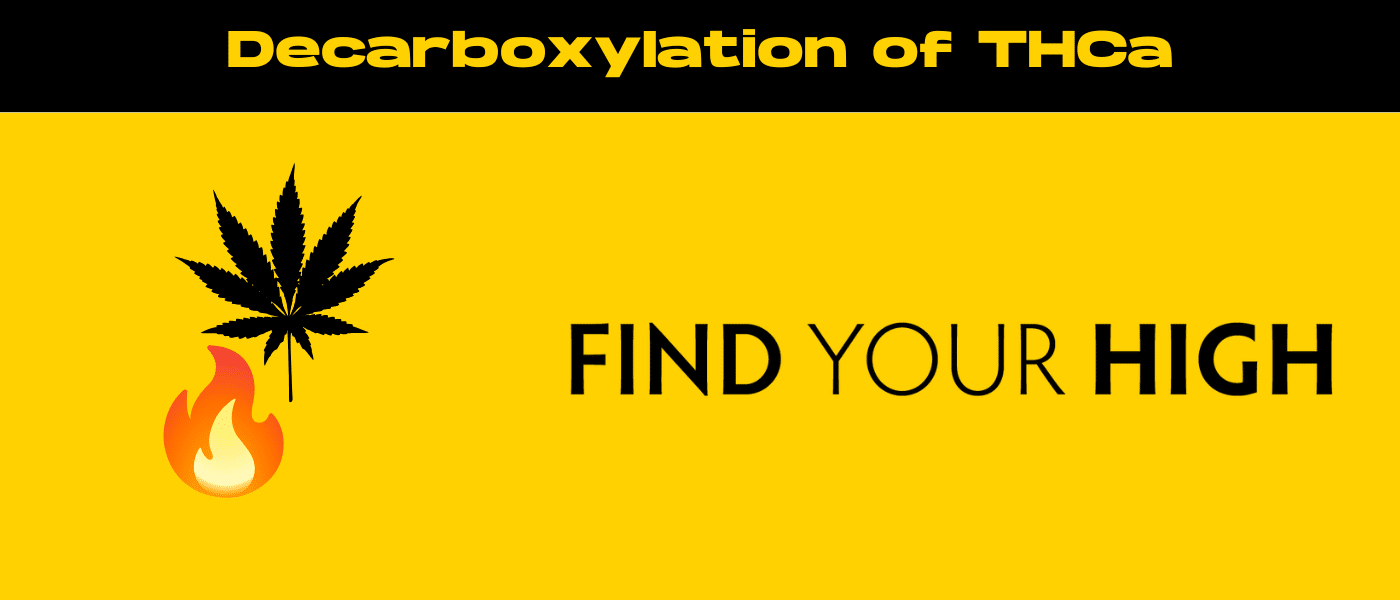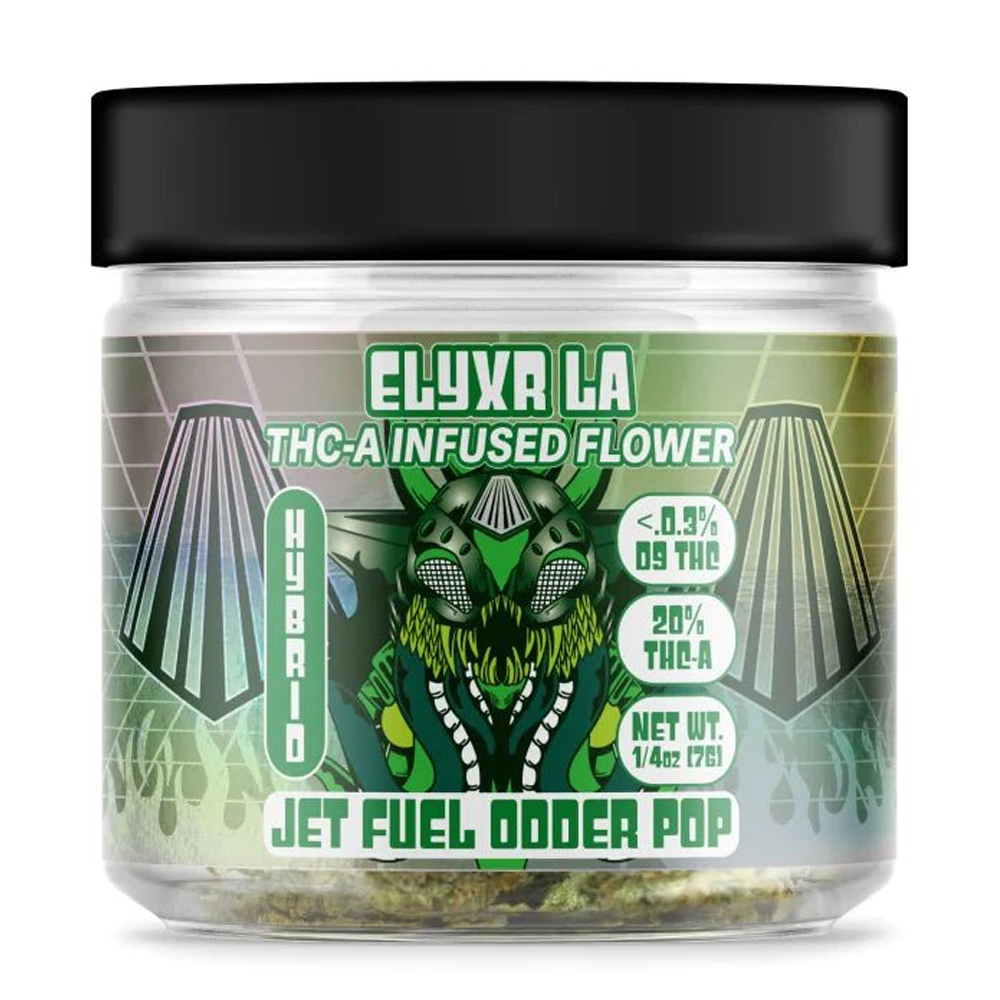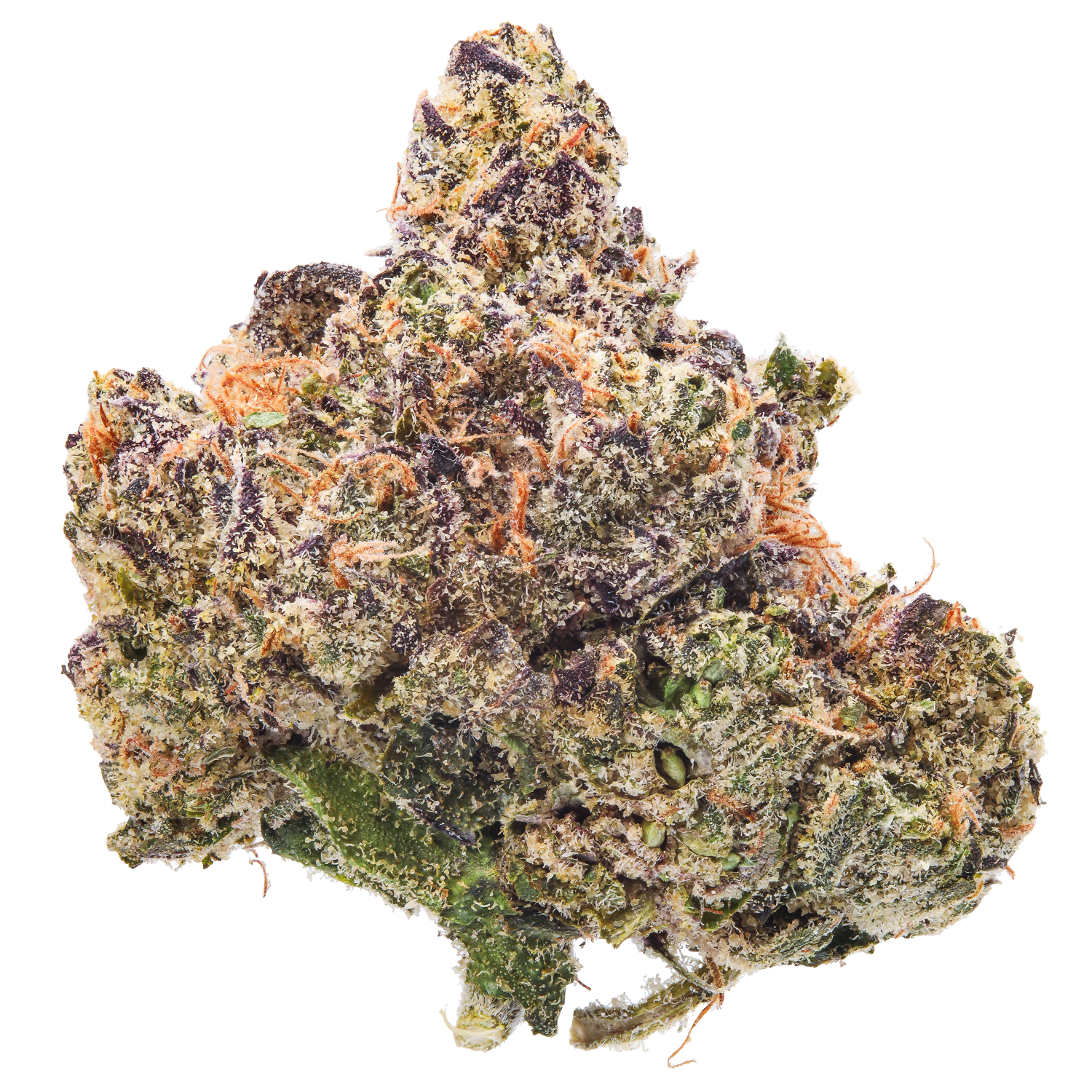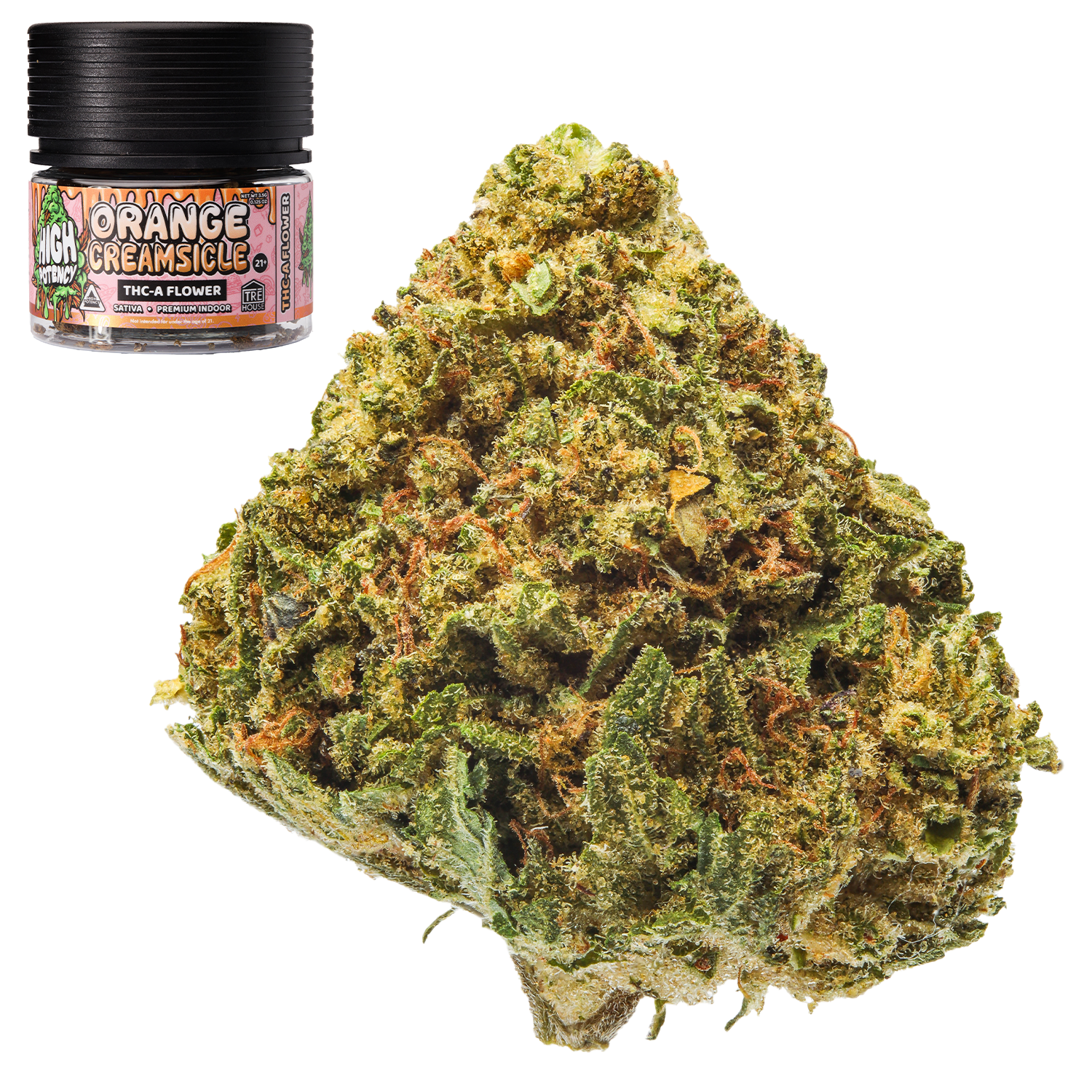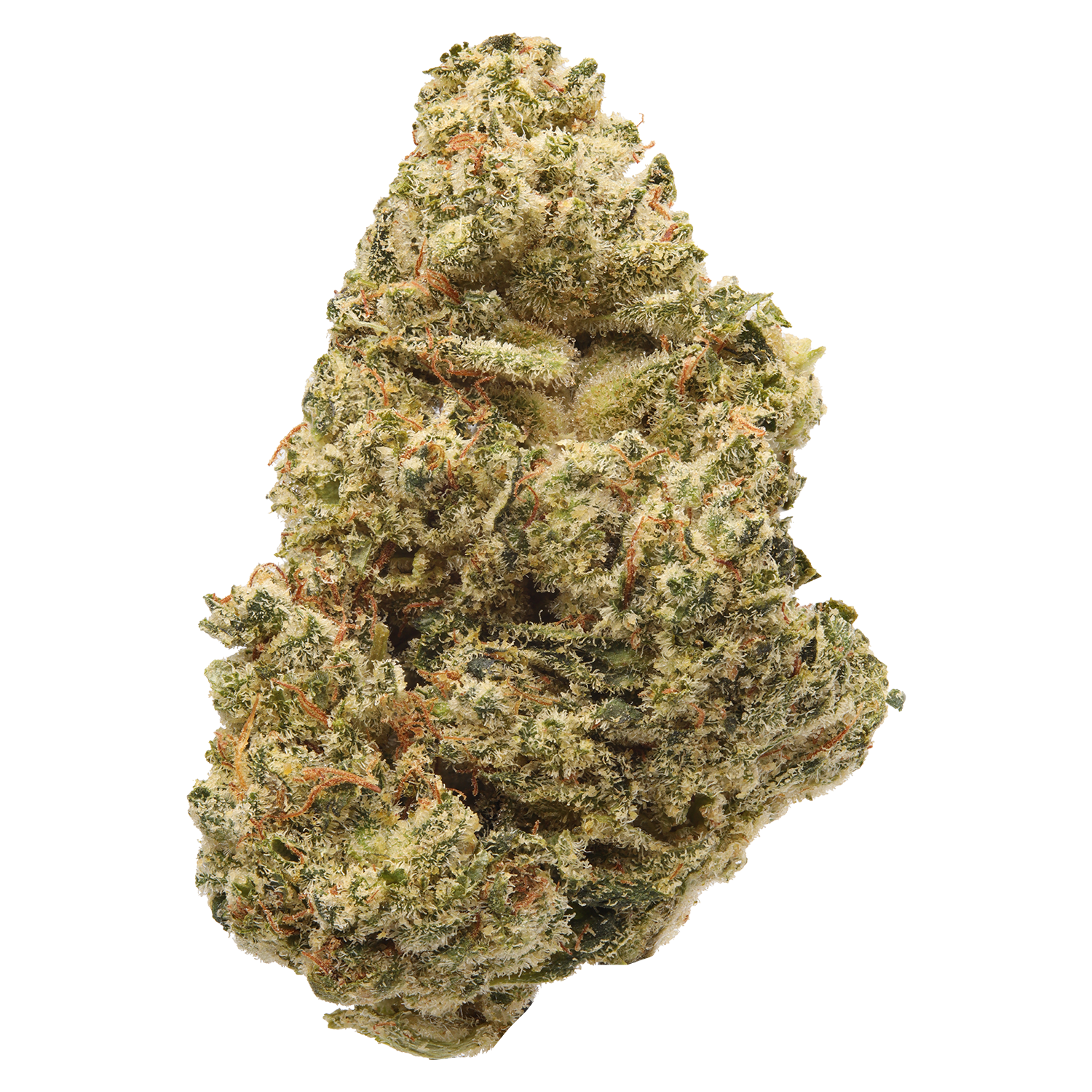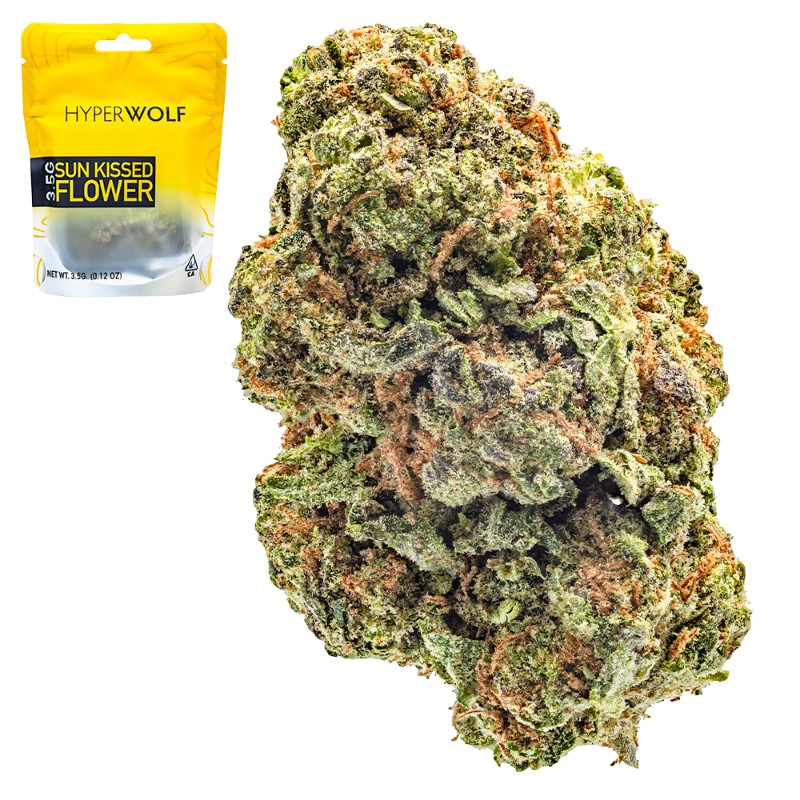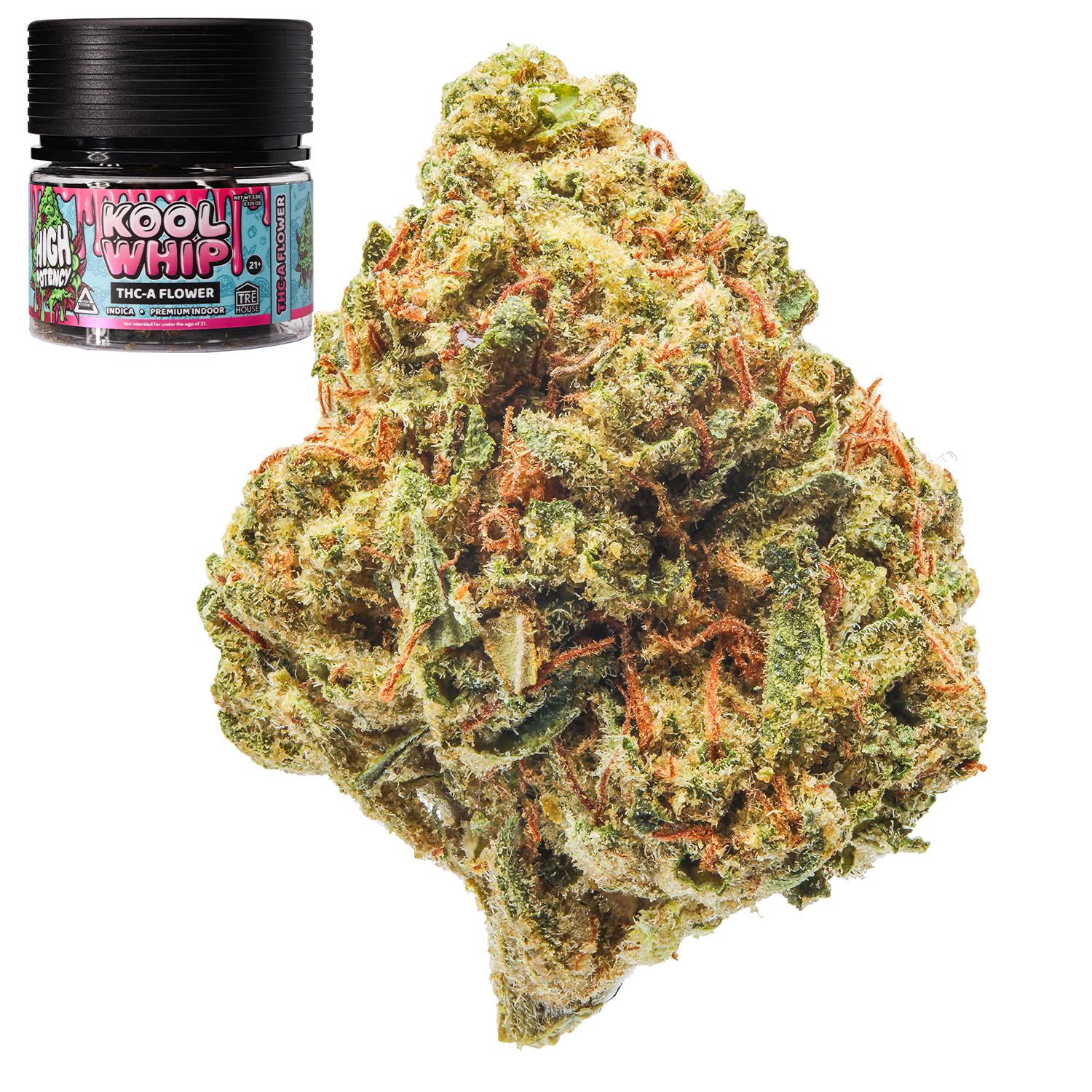Cannabis science might sometimes feel like a labyrinth of complex chemical terms and processes. But understanding just one key concept—decarboxylation—can unlock a clearer picture of how cannabis goes from raw plant to the potent product you enjoy. This is especially true when it comes to THCa, the acidic, non-psychoactive precursor to the THC we associate with the cannabis high.
In this detailed guide, we’re breaking down what THCa is, why decarboxylation matters, how it happens, and how you can do it yourself. By the end, you’ll know exactly why this chemical reaction is central to every cannabis user’s experience, whether you prefer smoking, vaping, or making your own edibles.
What Is THCa?
THCa (tetrahydrocannabinolic acid) is one of the most abundant cannabinoids found in raw cannabis plants. Unlike its famous cousin THC, THCa is non-intoxicating, which means consuming it directly—say, by eating fresh ground cannabis flower or drinking raw juice—won’t produce the typical cannabis high.
Chemically, THCa has an extra carboxyl group (COOH) attached to its molecular structure, which blocks it from binding efficiently with the cannabinoid receptors in your brain. This structural difference is why THCa doesn’t cause psychoactive effects.
But THCa is far from useless. Early research and anecdotal evidence suggest it offers a range of potential health benefits for cannabis enthusiasts, such as anti-inflammatory properties, neuroprotection, and anti-nausea effects. Many medical cannabis patients seek out raw cannabis products specifically to benefit from THCa’s therapeutic properties without the high.
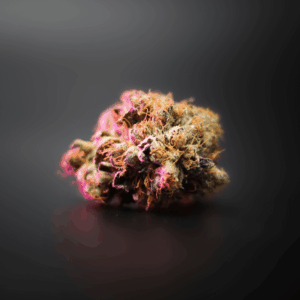
What Is Decarboxylation?
The Decarboxylation process is a chemical reaction that removes a carboxyl group (COOH) from a molecule, releasing carbon dioxide (CO₂) in the process. This reaction happens when cannabis is exposed to heat, light, or time, but heat is the most practical and controlled method.
When applied to the cannabis plant, decarboxylation transforms the cannabinoid acids, non-psychoactive cannabinoids (like THCa and CBDa) into their active counterparts (THC and CBD). In other words, it activates the cannabis by unlocking its full potential.
If you’ve ever wondered why smoking or vaping cannabis produces a high, but eating raw flower doesn’t, decarboxylation is the answer. The heat from smoking instantly converts THCa to THC, giving you that euphoric effect.
Why Decarboxylation of THCa Is Important
Without decarboxylation, your cannabis products or THCa flower won’t deliver the psychoactive or therapeutic effects you expect from THC. This is especially important for those who want to make homemade edibles, tinctures, or oils.
Edibles that aren’t decarboxylated will mostly contain THCa, which, while potentially beneficial for certain conditions, won’t get you high. This is a common mistake for DIY cannabis cooks who don’t decarb their cannabis buds before infusing it into butter or oil.
Medicinal users also need decarboxylation to unlock THC’s interaction with cannabinoid receptors responsible for pain relief, appetite stimulation, and mood elevation. That said, the raw THCa form might still provide therapeutic benefits without intoxication, but these effects are different and less studied.
THCa to THC: The Chemical Process
The conversion from THCa to the psychoactive THC is straightforward chemically but fascinating. The extra carboxyl group attached to the THCa molecule is removed when heat is applied, releasing CO₂ gas in the process. This leaves behind THC, which has a different molecular shape and fits perfectly into your brain’s CB1 receptors.
The reaction is:
THCa → THC + CO₂
This transformation happens most efficiently between 220°F and 240°F (104°C to 116°C), making temperature control essential. Too low, and the reaction is incomplete; too high, and you risk destroying THC and valuable terpenes, reducing both potency and flavor.
At What Temperature Does THCa Decarboxylate?
Finding the perfect temperature for decarboxylation is a balancing act. Cannabis experts recommend 220–240°F (104–116°C) as the sweet spot for decarbing THCa effectively without degrading other compounds.
Temperatures below 200°F won’t decarb efficiently, resulting in products with high THCa but low active THC. Conversely, temperatures above 300°F can vaporize THC and terpenes, destroying the aromatic compounds that contribute to flavor and entourage effects.
At home, most people use a conventional oven set to around 240°F. Some commercial producers use more precise equipment to maintain steady temperatures for longer periods, maximizing conversion while preserving terpenes.

How Long Does It Take to Decarboxylate THCa?
Time matters just as much as temperature in decarboxylation. At roughly 240°F, cannabis takes about 30 to 40 minutes to fully decarboxylate THCa into THC.
Lower temperatures require longer times—some methods use 200°F for 90 minutes or more. Higher temps can speed the process but increase the risk of burning or vaporizing cannabinoids and terpenes.
Other factors influencing time include:
- Moisture content: Drier cannabis decarbs faster.
- Cannabis grind size: Finer grind heats more evenly but risks burning.
- Oven accuracy: Many ovens run hotter or cooler than displayed, so an external thermometer is handy.
Decarboxylation Curve: How Much THCa Turns Into THC?
Decarboxylation isn’t perfectly efficient—usually, you get around 80–90% conversion of THCa into THC under optimal conditions. Total conversion to 100% is rare due to minor losses from evaporation or uneven heating.
Laboratory tests on decarboxylated cannabis flower show decreasing THCa levels alongside increasing THC levels, confirming conversion. However, prolonged exposure to heat or too high temperatures can also degrade THC into CBN (cannabinol), a mildly psychoactive cannabinoid with sedative properties.
Understanding the decarboxylation curve helps producers and consumers anticipate potency and adjust processes accordingly.
THCa vs THC: Key Differences Pre- and Post-Decarb
Before decarboxylation:
- THCa is non-psychoactive and abundant in raw flower.
- It has potential anti-inflammatory, antiemetic (anti-nausea), and neuroprotective properties.
- THCa can be consumed in raw juices or tinctures for wellness without intoxication.
After decarboxylation:
- THC is psychoactive, producing euphoria, relaxation, altered perception, and sometimes anxiety.
- THC binds to cannabis cannabinoid res receptors in the brain and body, eliciting a wide range of effects.
- Most cannabis consumption methods (smoking, vaping, edibles) rely on decarboxylation.
Can You Smoke THCa Without Decarboxylation?
You actually cannot smoke THCa without decarboxylating it in the process. The heat from combustion instantly causes the carboxyl group to break off, turning THCa into THC as you inhale.
This is why raw cannabis flower smoked or vaped produces immediate psychoactive effects. So, smoking and vaping are effective decarboxylation methods built right into the consumption process.

Can You Eat Raw Cannabis and Still Feel High?
Eating raw cannabis flower or leaves won’t get you high because THCa hasn’t been converted to THC. However, raw cannabis contains a rich mix of acidic cannabinoids, including THCa, CBDa, and CBGa, all of which have their own potential health benefits.
Some people juice fresh cannabis leaves for their anti-inflammatory and antioxidant properties. While you won’t experience intoxication, you may gain wellness benefits, though research in this area is still emerging.
Methods of Decarboxylating THCa
Here are the most common methods:
- Oven baking: Simple, accessible, and effective for most home users.
- Sous vide: Precise temperature control by sealing cannabis in a bag and heating in water bath. Preserves terpenes better.
- Mason jar method: Cannabis is sealed in a jar and baked, limiting terpene loss.
- Commercial decarb machines: Used by producers to automate the process with high precision.
Each method has trade-offs between ease, terpene preservation, and consistency.
Step-by-Step: How to Decarb THCa at Home
Here’s a detailed home decarb guide:
- Preheat your oven to 240°F (115°C).
- Break up your cannabis into small, even pieces—don’t grind too fine.
- Line a baking sheet with parchment paper.
- Spread the cannabis evenly, ensuring it’s not piled up for even heating.
- Bake for 30–40 minutes. Stir or flip the cannabis halfway to expose all sides.
- Remove and let cool. Store in an airtight container until use.
This process transforms THCa into THC, ready for the cooking or infusion of cannabis regularly.
Tips to Maximize THCa to THC Conversion
- Use an oven thermometer to ensure accurate temperature.
- Avoid overheating, which can burn cannabinoids and terpenes.
- Decarb shortly before cooking to preserve freshness.
- Spread cannabis thinly to ensure even heat exposure.
What Happens If You Skip Decarboxylation?
Skipping decarb results in edibles or cannabis-infused oils with mostly THCa—not much THC. This means:
- Little to no psychoactive properties.
- Reduced potency in products meant to deliver THC’s benefits.
- Potential retention of THCa’s unique therapeutic properties but no “high.”
For recreational users or those seeking THC effects, skipping decarb wastes product potential.
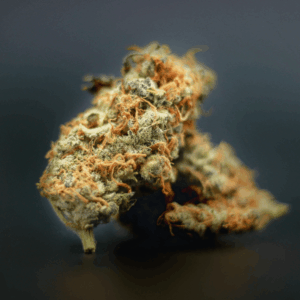
Is THCa Still Beneficial Without Decarboxylation?
Definitely. THCa has growing research backing its anti-inflammatory, neuroprotective, and anti-nausea qualities. Patients seeking these benefits without intoxication might consume raw cannabis or products made without decarboxylation.
This non-psychoactive cannabinoid could play an important role in future cannabis-based therapies.
Lab vs Home Decarboxylation: Key Differences
Labs use highly controlled environments and equipment to maintain precise temperatures for set durations, yielding consistent and near-complete decarboxylation while preserving terpenes.
Home decarboxylation relies on conventional ovens, which may vary in heat distribution. With careful monitoring, home users can achieve excellent results but with less precision.
Legal and Safety Considerations
Decarboxylation produces a strong cannabis aroma that can fill a room. Proper ventilation is important to avoid unwanted odors.
Always abide by local cannabis laws when processing cannabis at home.
Store decarbed cannabis in cool, airtight containers away from light and heat to preserve potency.
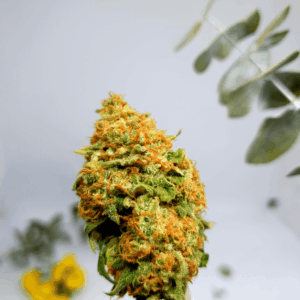
Final Thoughts: Why Understanding THCa Decarboxylation Matters
Decarboxylation is the fundamental chemical step that turns raw cannabis into an active, potent product. Whether you’re crafting your own edibles, tinctures, or oils, or just want to understand why your flower gets you high when smoked, knowing how THCa converts to THC empowers you to use cannabis smarter.
With a little knowledge and some patience, you can properly decarb weed to unlock the full potential of your cannabis—giving you control, confidence, and a better experience overall.
Decarboxylation of THCa: FAQs
1. What temperature do you decarboxylate THCa at?
THCa typically decarboxylates most efficiently at temperatures between 220°F and 240°F (104°C to 116°C). This temperature range allows for the removal of the carboxyl group without degrading THC or valuable terpenes. Using a lower temperature requires a longer time, while higher temperatures risk burning or vaporizing cannabinoids.
2. How to decarb THCa?
To decarb THCa, the most common method is oven baking. Preheat your oven to about 240°F (115°C), spread broken-up cannabis evenly on a parchment-lined baking sheet, and bake it for 30 to 40 minutes, stirring halfway through for even heating. Alternative methods include sous vide or using specialized decarboxylation machines, but oven baking remains the easiest at home.
3. How long does it take for THCa to decarboxylate?
At around 240°F, THCa usually takes 30 to 40 minutes to fully convert into THC. If you use lower temperatures, the time will increase accordingly. Proper timing ensures maximum conversion without degrading the cannabinoids or terpenes. Consider referencing a decarboxylation temperature chart to achieve maximum potency.
4. How do you know when decarboxylation is complete?
Completion is often judged by time and temperature control rather than visual cues, as cannabis color changes can vary. When heated at 240°F for 30–40 minutes, most THCa converts to THC. For more precision, lab testing can confirm conversion percentages. Additionally, decarbed cannabis usually has a dry, slightly toasted aroma and texture.
5. Is heating cannabis safe?
Yes, heating cannabis is generally safe when done properly—especially during decarboxylation, which is a low-and-slow process to prepare cannabis for consumption. However, like with any process involving heat, there are a few safety considerations to keep in mind:
- Temperature control is key. Overheating cannabis—especially above 300°F (149°C)—can lead to cannabinoid degradation, terpene loss, and even combustion, which produces smoke and potentially harmful byproducts.
- Ventilation matters. While decarbing cannabis in an oven doesn’t produce thick smoke, it does release strong aromas and trace volatile organic compounds (VOCs). So it’s a good idea to decarb in a well-ventilated area.
- Avoid open flames. Don’t try to decarb cannabis using direct flame or on a stovetop. Not only is this inefficient, but it also increases the risk of fire or inhaling unwanted combustion byproducts.
When using an oven, a sealed decarb container or a baking dish with foil can help manage odors and improve safety. If you want a more controlled, smell-proof experience, there are also countertop decarboxylators designed specifically for home use.
In short: decarbing cannabis is safe, but treat it like you would any low-temperature cooking process—carefully, with good equipment and proper timing.




